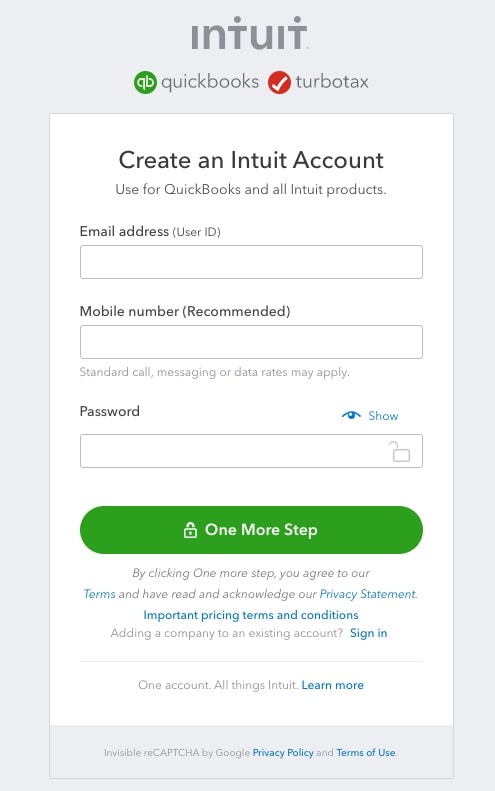Turn on suggestions
Auto-suggest helps you quickly narrow down your search results by suggesting possible matches as you type.
Showing results for
LIMITED TIME OFFER get 90% off for 6 months
xyzHi,
I saw few post, but they look like 5 years old and with all update, not sure if it's up to date. Also if they are, then I'm honestly confused.
I have invoice which got paid via bank, but bank deducted some currency conversion fees.
I do matching and then press resolve difference.
It lets me add new transaction and I do it and final sum looks ok. But then I press match I get "The selected and downloaded transaction amounts don’t match. To continue, resolve the difference."
But I already did this resolve difference.. I read in old post, that some extra steps are needed, but then why this is a function if it does not add auto expenses after I fill them?
I'm here to lend a hand and provide some insight so you can seamlessly match the payment with the invoice, Dode.
The error arises when the amount entered in the Add resolving transactions section of the Amount column is incorrect. To resolve this, make sure you enter the amount with the correct sign (positive or negative). Since the bank has deducted conversion fees from the downloaded payment, you'll have to input a negative value in the Amount column. This will allow you to match the payment to the invoice smoothly.
Explore this article that delves into confirming paired bank transfers and credit card payments, and offers tips on reviewing or reversing matches: Match online bank transactions in QuickBooks Online.
If you still get the same result, please send us a screenshot to determine where the issue is stemming from. Be sure to grey out any personal details for security purposes.
Additionally, check out these articles for tips on entering bank fees and reconciling your bank and credit card accounts:
Keep me posted if you need further with matching entries or have other banking-related concerns or questions. I'm always ready to provide the assistance you need.
I got income and bank transaction is expense. If I add with negative, sum gets more off. I think I need to use positive but logged as expenses. no?
I really would like to use implemented option of resolve difference as it's tool which seems comfortable instead of going ways around. In the end it's here :) In my eyes everything is ok. Invoice = Payment + (- bank fee)
I appreciate you returning to this thread and providing a screenshot, Dode. Allow me to clarify things so you can match transactions effectively in QuickBooks Online (QBO).
The error message you're encountering appears when you use the Resolve difference option to adjust fees. This situation doesn't apply because you're dealing with an open invoice. When you attempt to match both transactions, it leads to a partial payment scenario.
To have accurate records, you don't need to match the bank transaction. Instead, you can create a Receive payment to that invoice:

QuickBooks will automatically create a payment transaction for the fees. Then, let's create a Bank deposit to account for the fees:

Once done, let's go back to the Bank Transactions tab and then match the deposit amount to the downloaded bank transaction:

Moreover, you can generate the accounts receivable aging report in QuickBooks to gain valuable insights into your customers' outstanding balances. This report provides a comprehensive overview of which clients are falling behind on their payments and still owed which helps you prioritize follow-ups with customers who may need reminders or assistance.
If you still have questions about matching bank and existing transactions in QuickBooks, just let me know so we can provide prompt assistance. Have a good one.

You have clicked a link to a site outside of the QuickBooks or ProFile Communities. By clicking "Continue", you will leave the community and be taken to that site instead.
